While in France, I read the whole of The Square and the Tower, and then embarked upon The Ape that Understood the Universe.
In the latter book, the matter of how humans get all sentimental about animals is mentioned (pp. 59-60):
… Why do so many people take such delight in staring at infant members of other species? It’s not as if, say, porcupines enjoy staring at baby chickens. As with porn, our love of these nonhuman animals is probably not an adaptation. More than likely, it’s spillover from psychological mechanisms designed for more human-centered purposes. There’s a certain cluster of traits that people everywhere find irresistibly cute. This includes big round eyes in the center of the face, a small nose, and plump, stubby limbs. Our affection for creatures with these features presumably evolved to motivate us to care for our own infants and toddlers. But the same features are found in many other infant mammals, and even in the adult members of some nonhuman species. As a result, we often feel affectionate and protective toward these individuals as well – not because it’s adaptive, but just because adaptations aren’t perfect. By the way, as you might already have noticed, the spill over hypothesis doesn’t just explain our fondness for cute animal videos. It also hints at an explanation for a much older and more pervasive phenomenon: our habit of keeping pets.
Motivated I am sure by exactly this sort of fondness for animals myself, I have become more and more intrigued by this general human propensity. Which is why so many of my photos involve non-human creatures of one sort or another.
Here are some of the non-human creatures photos I photoed while in France recently:
Even the photos involving signs urging dog owners to clear up canine crap (photos 12, 14 and 17) are about our positive feelings towards animals, because the offending dogs are pets. And even the two plastic barrier things (photo 16) are “other creatures”, in the sense that we insist on seeing the faces of creatures where there are none, even though these particular non-creatures each have only one eye. Yes, we do love these creatures.
And yet, by way of a corrective, we also do these kinds of things to particularly tasty creatures, in this case to various mammals and to fishes:
Yum.

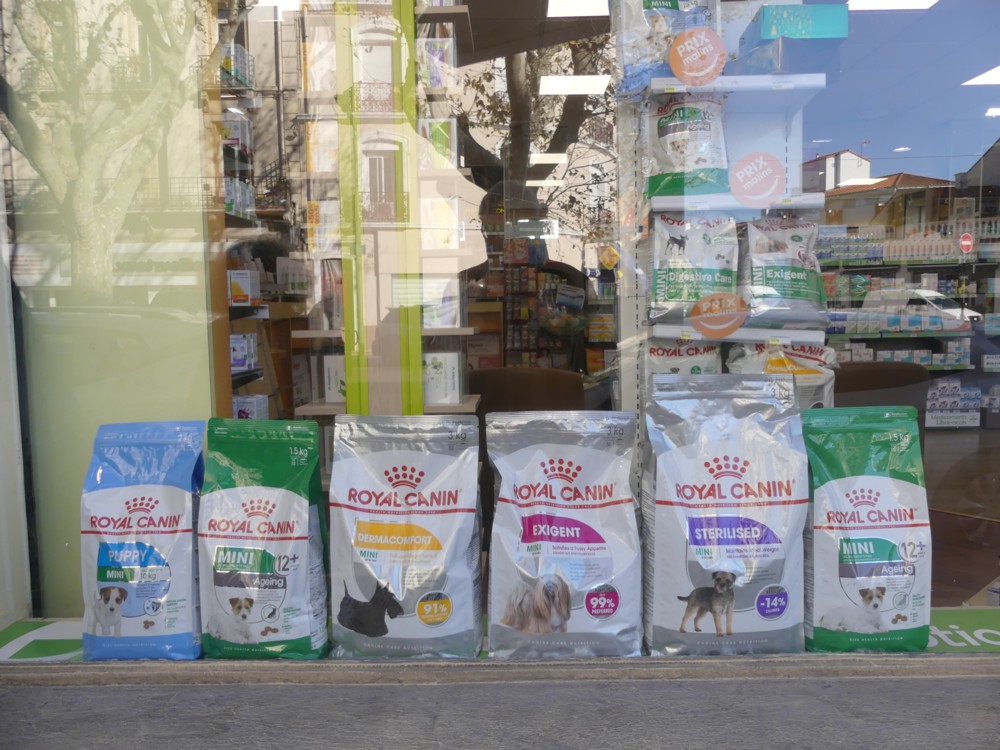
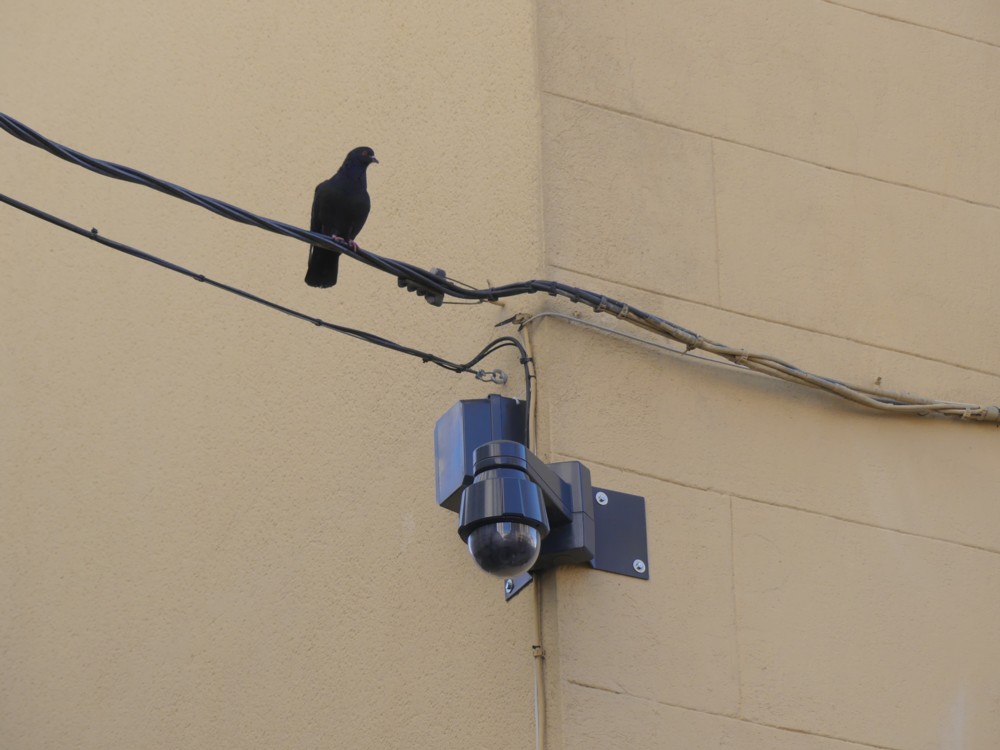
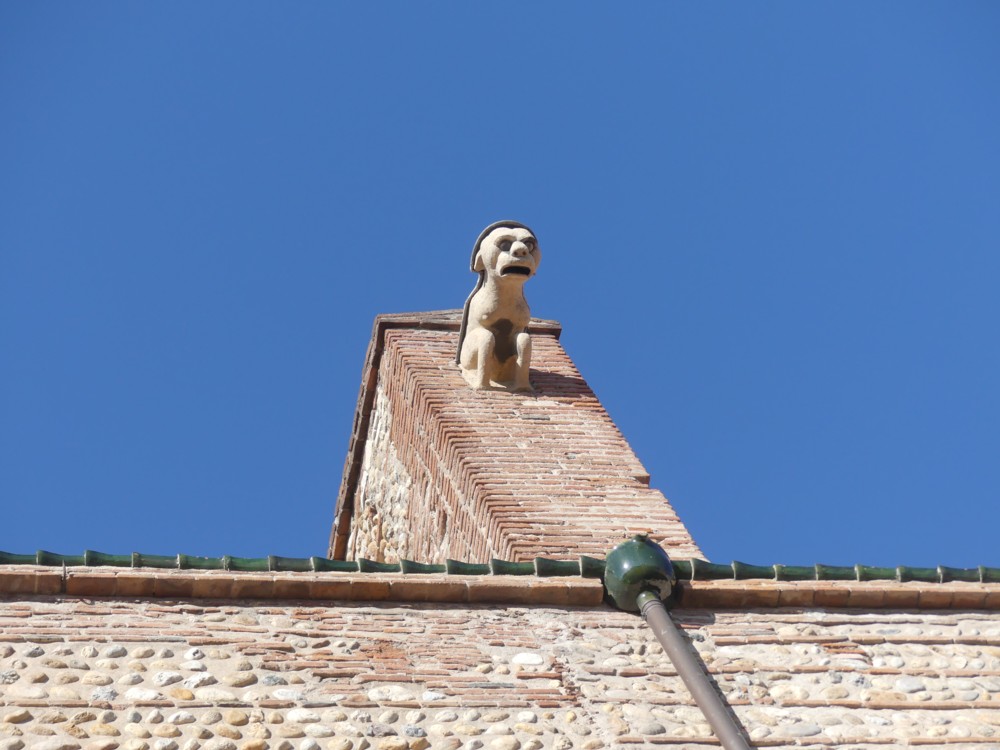
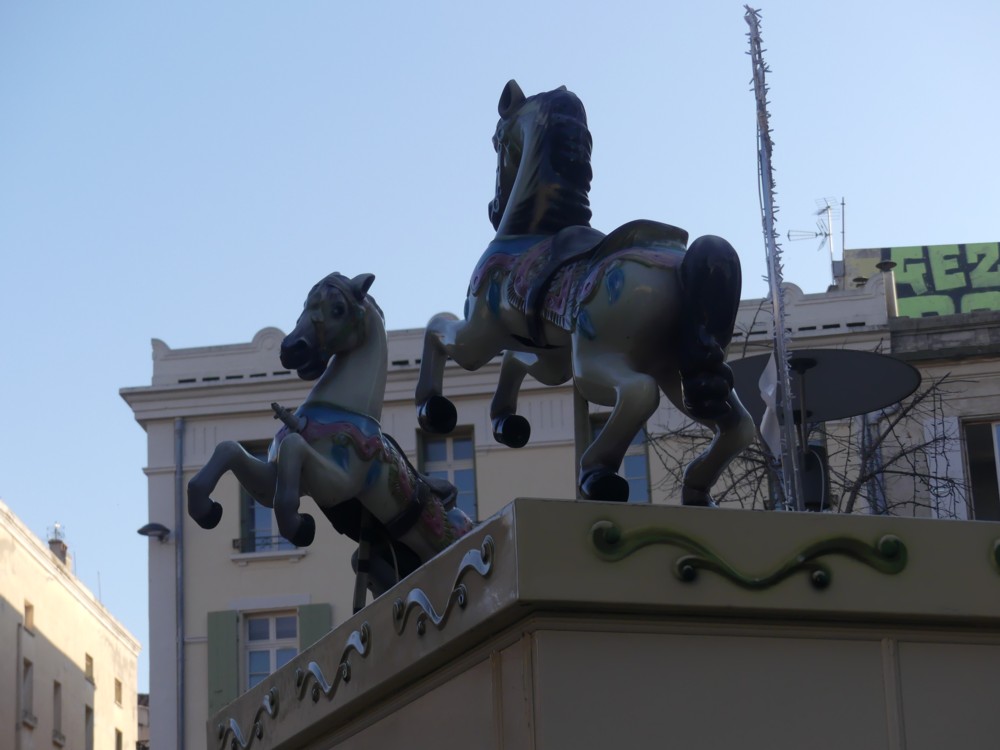
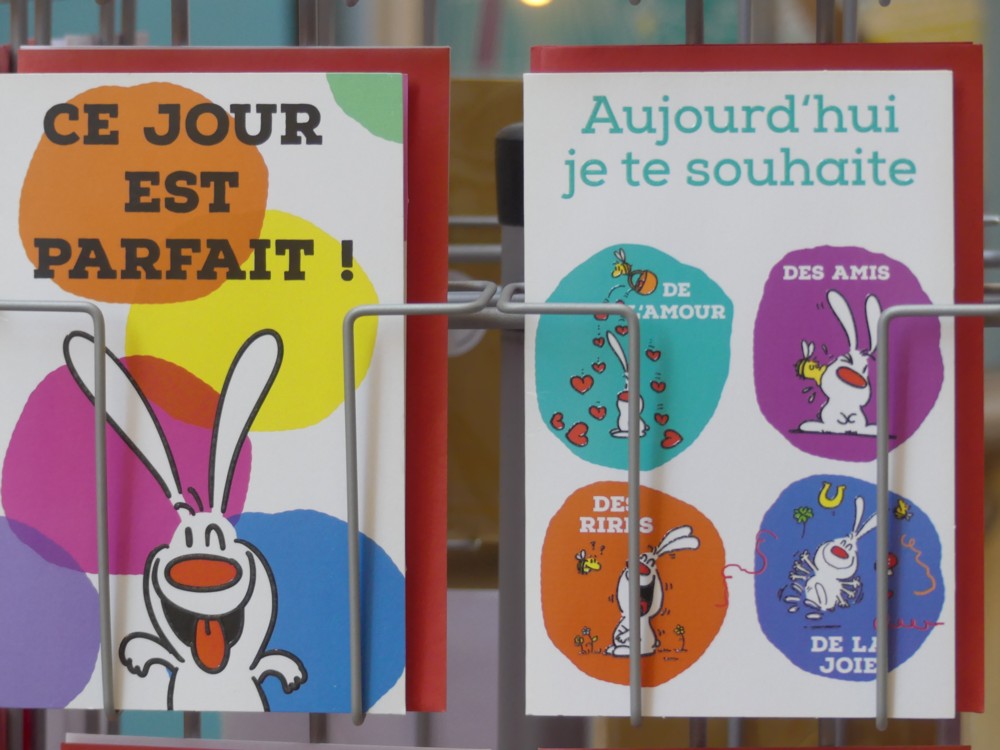
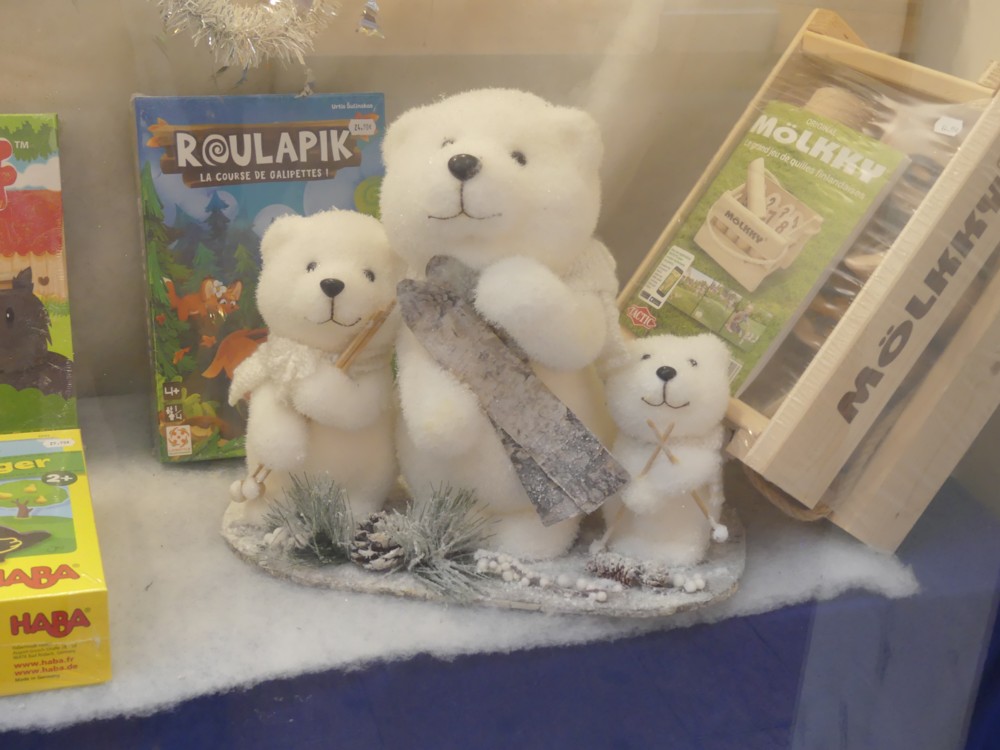
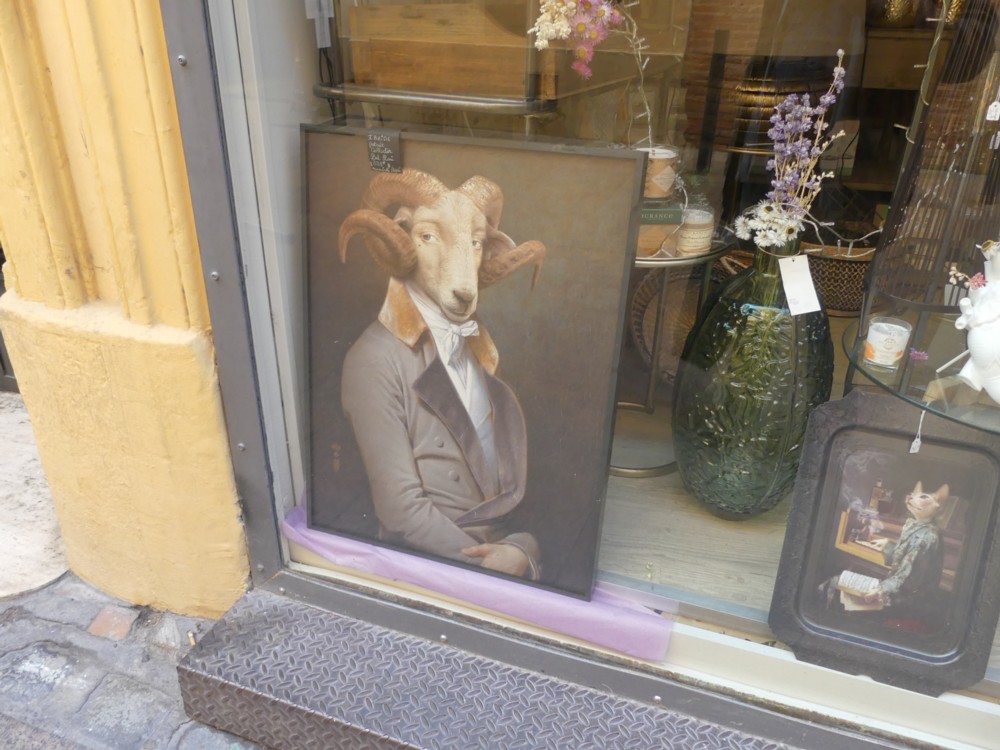
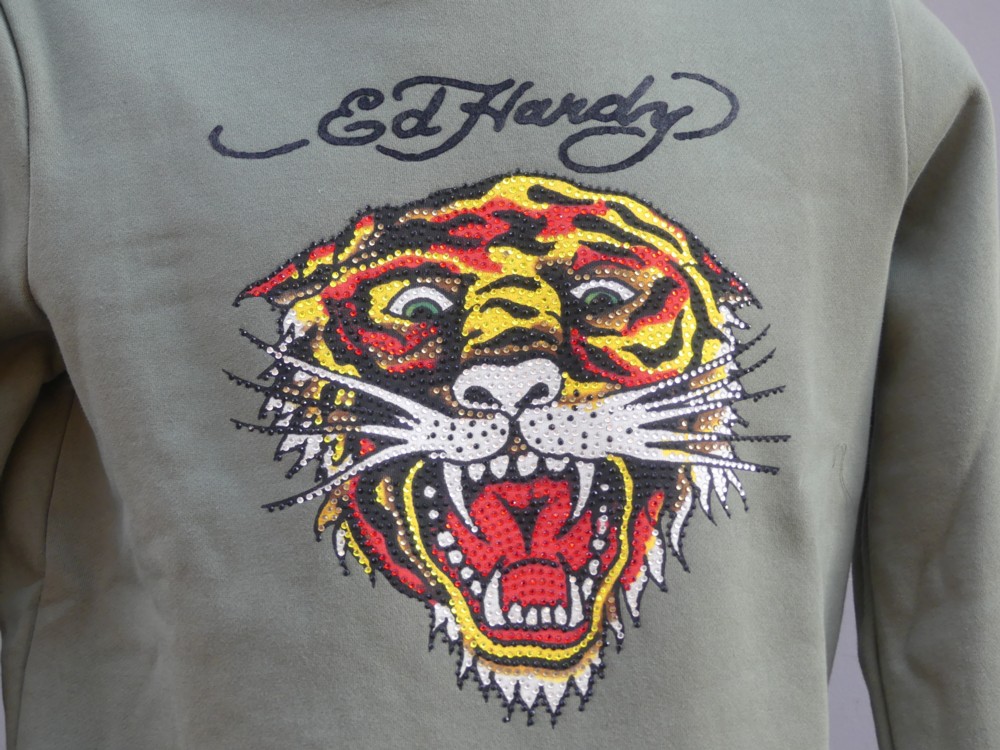
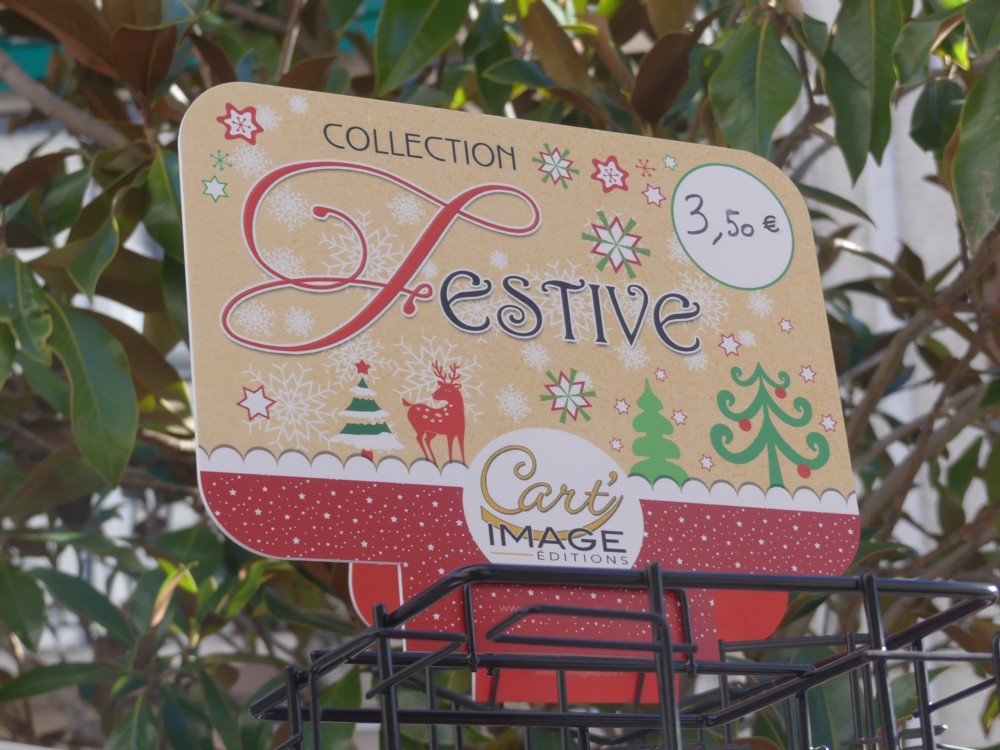
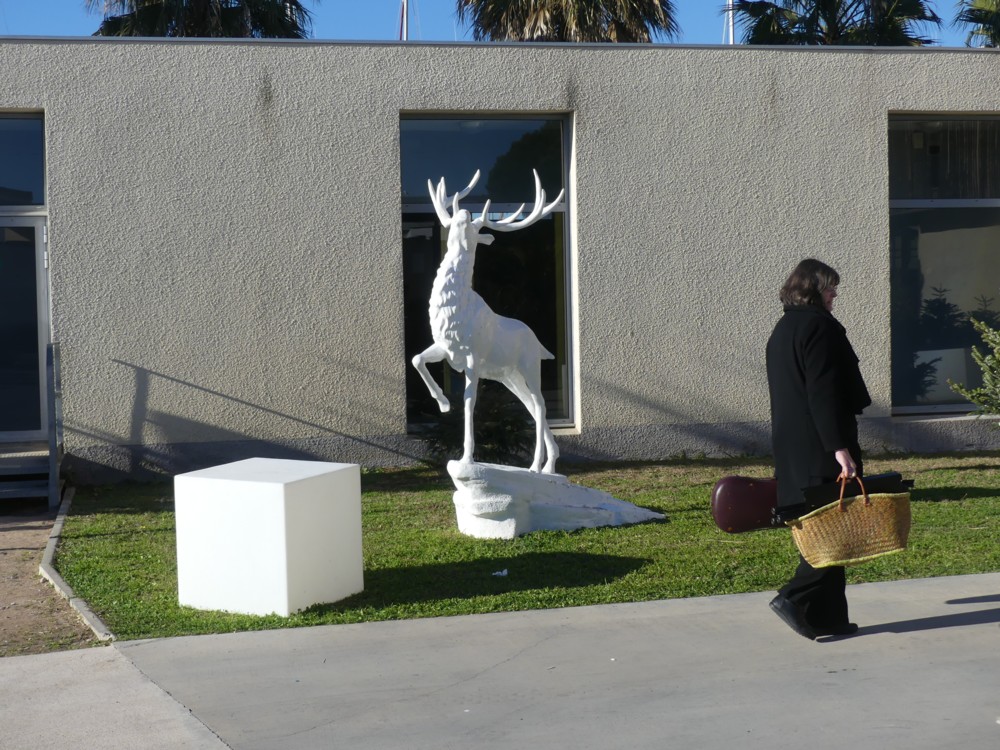
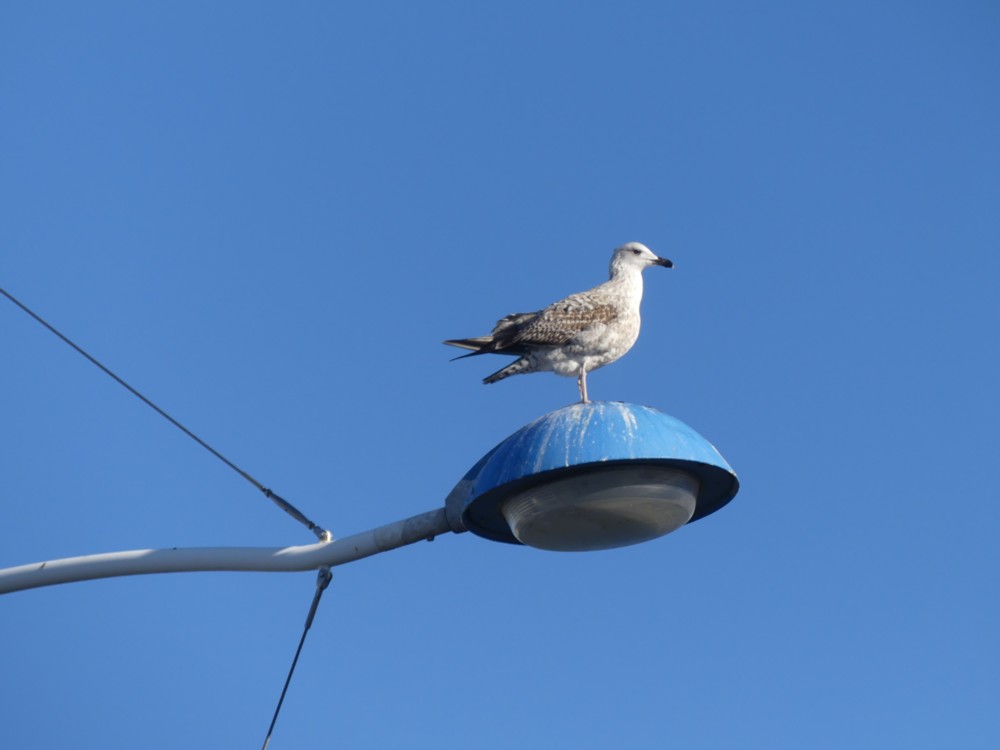
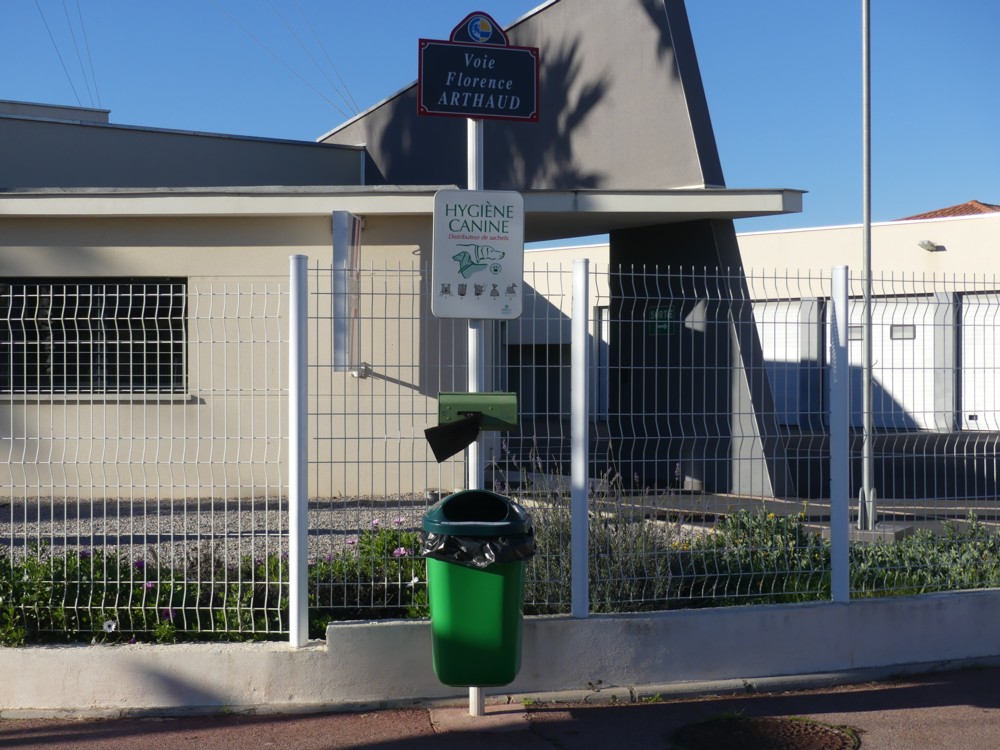
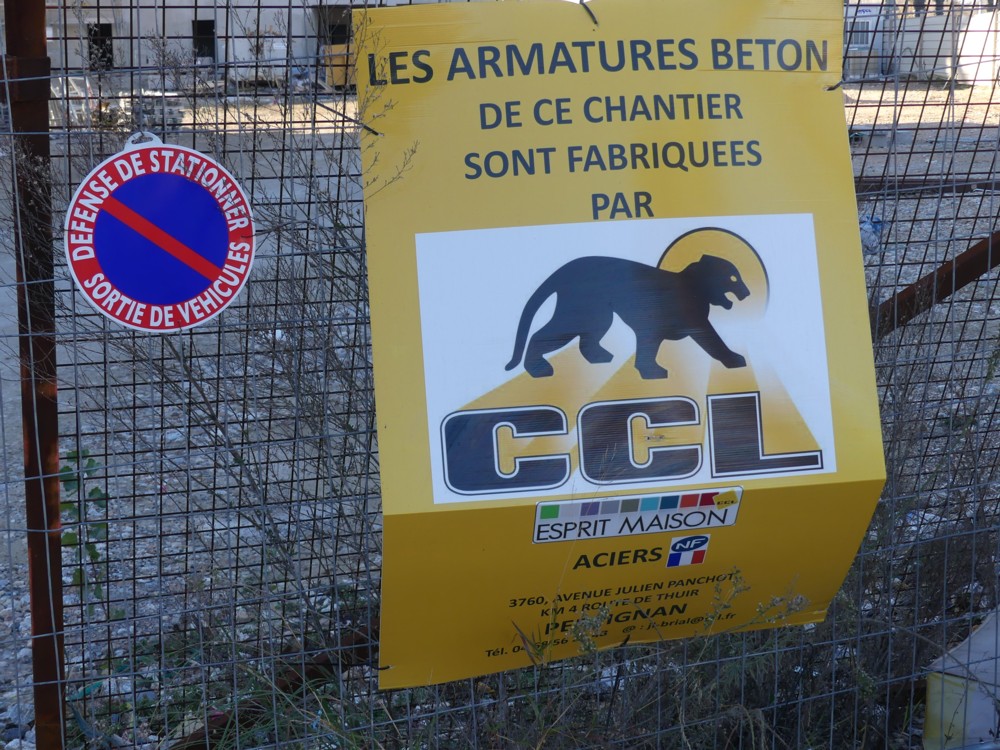
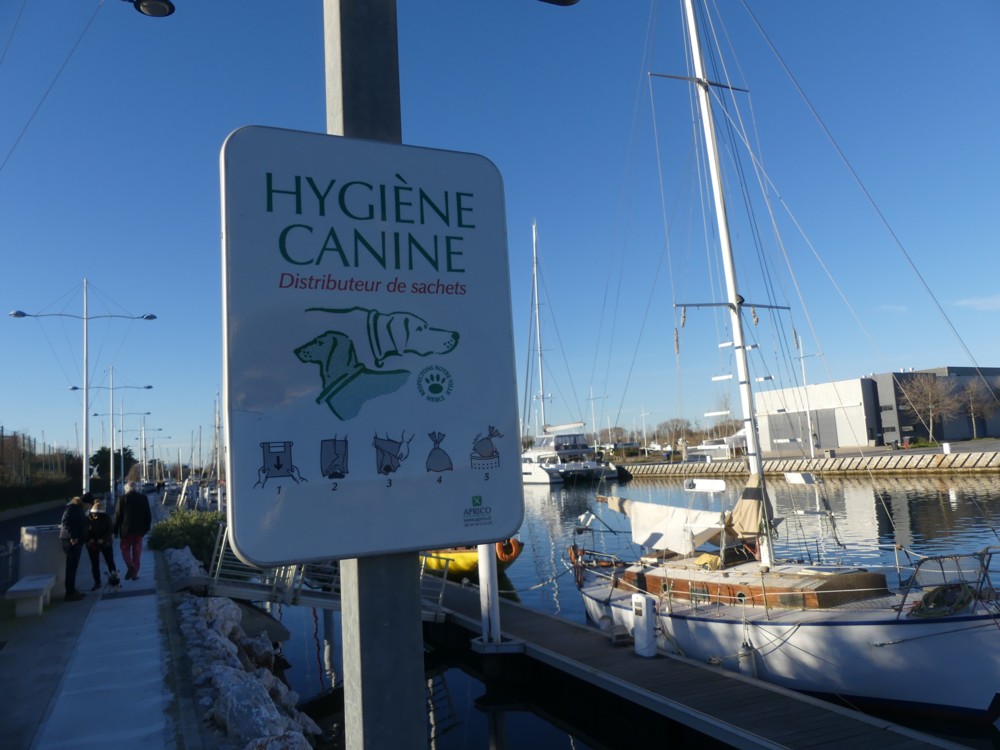
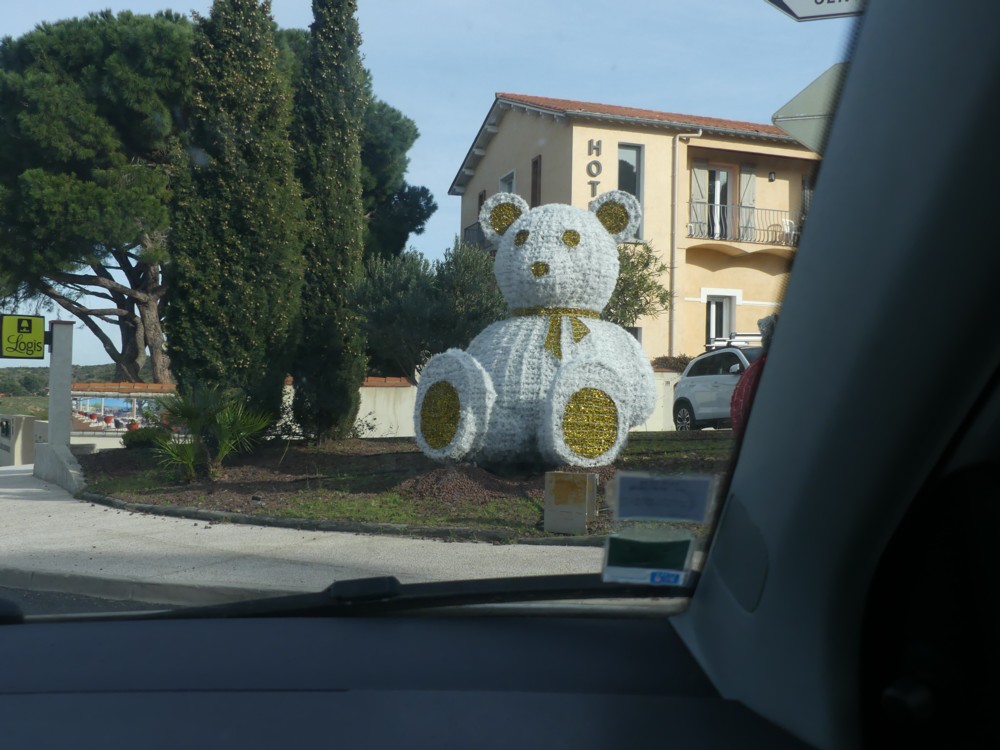

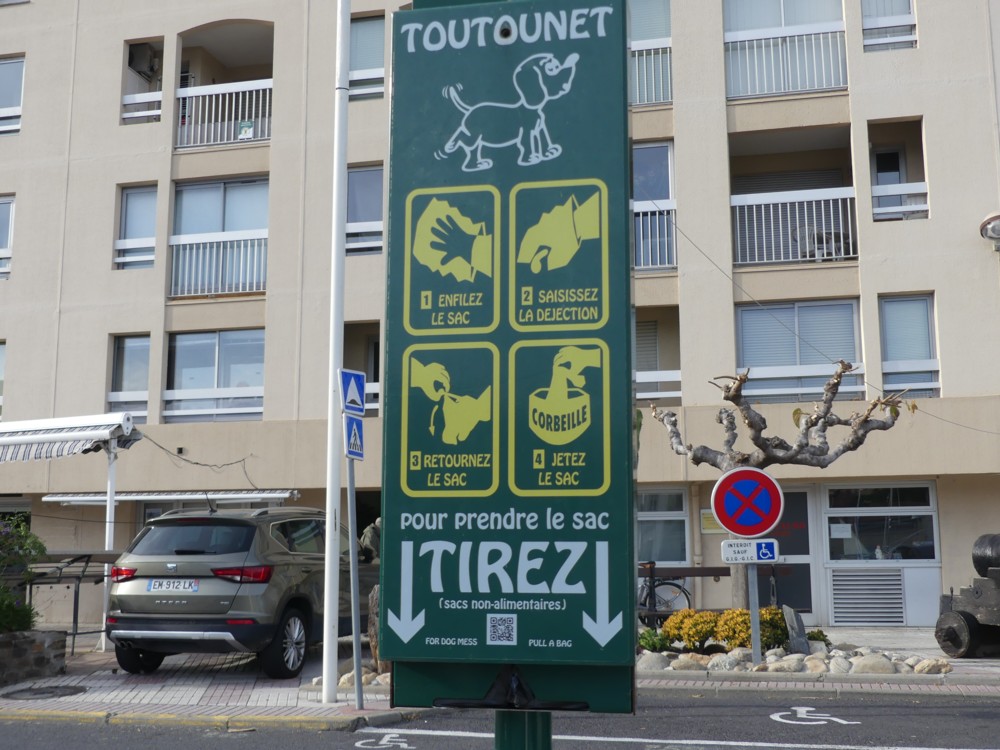
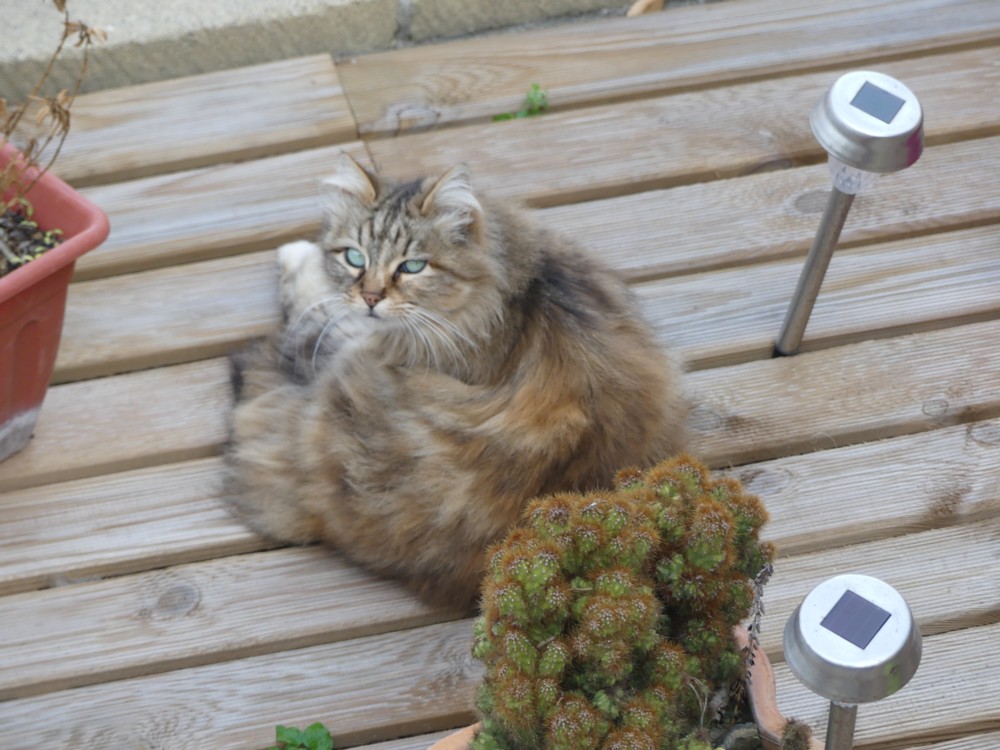
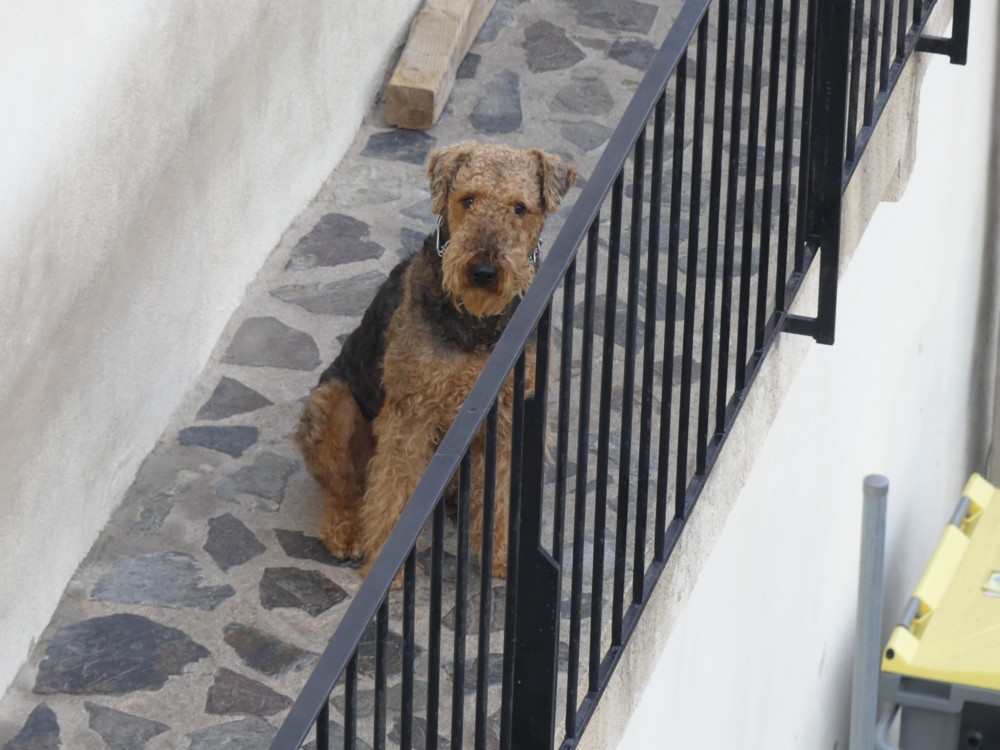
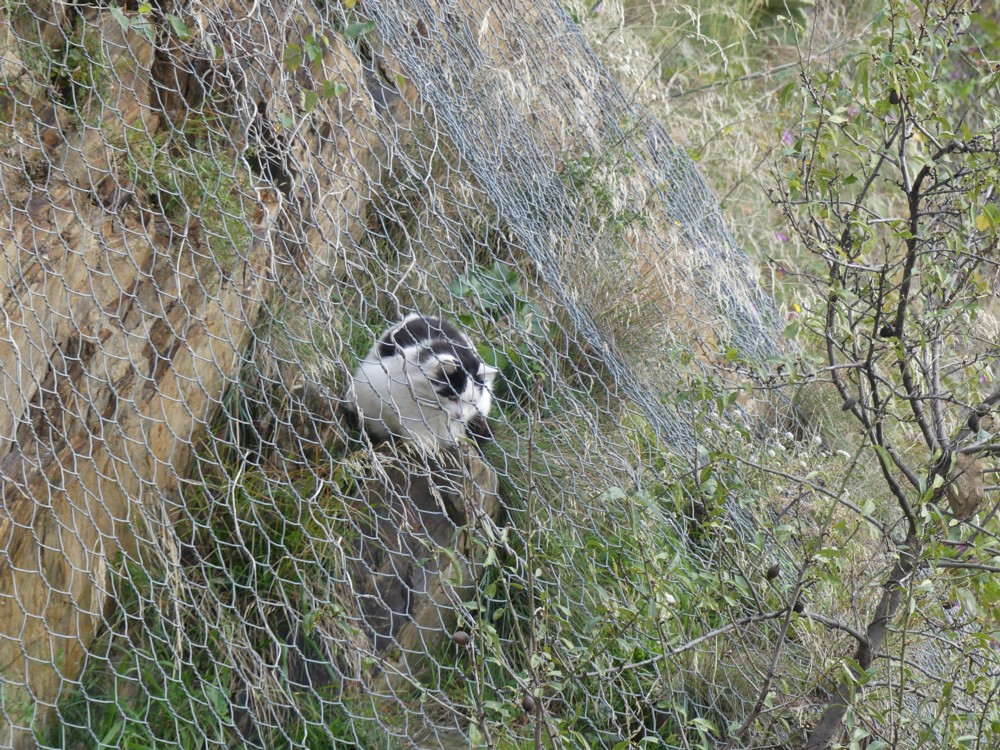
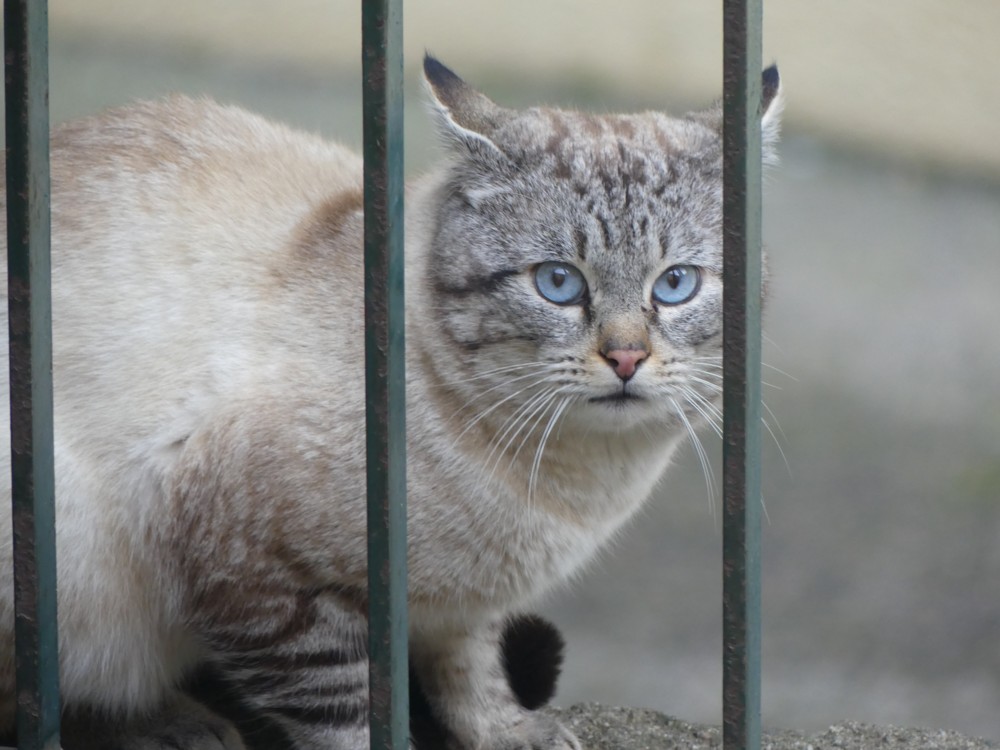
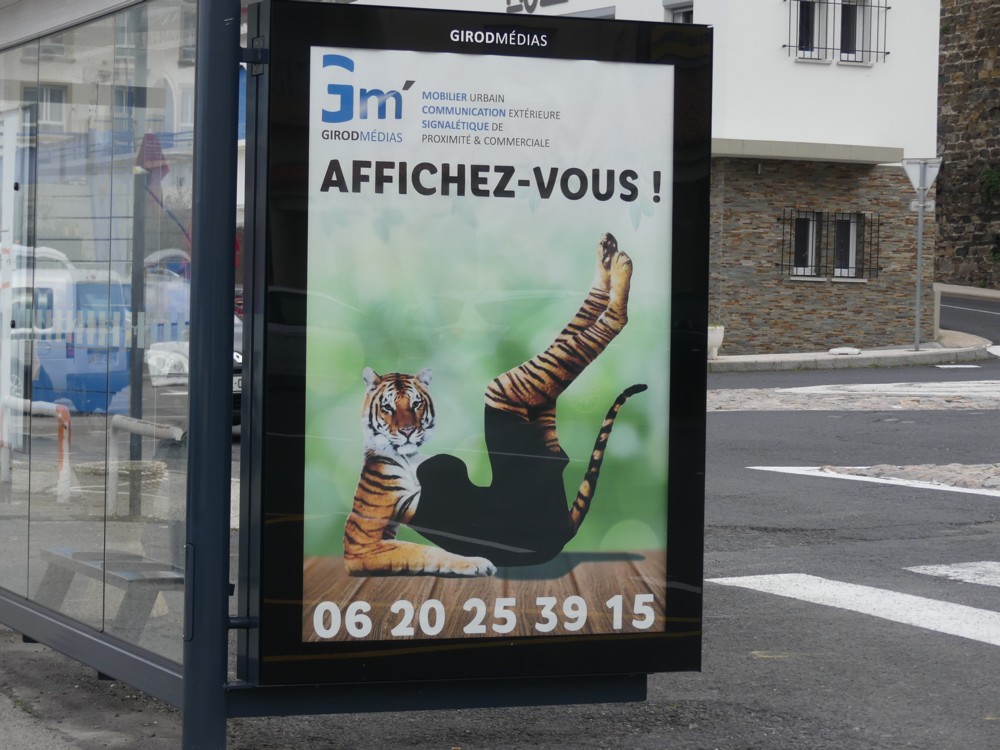
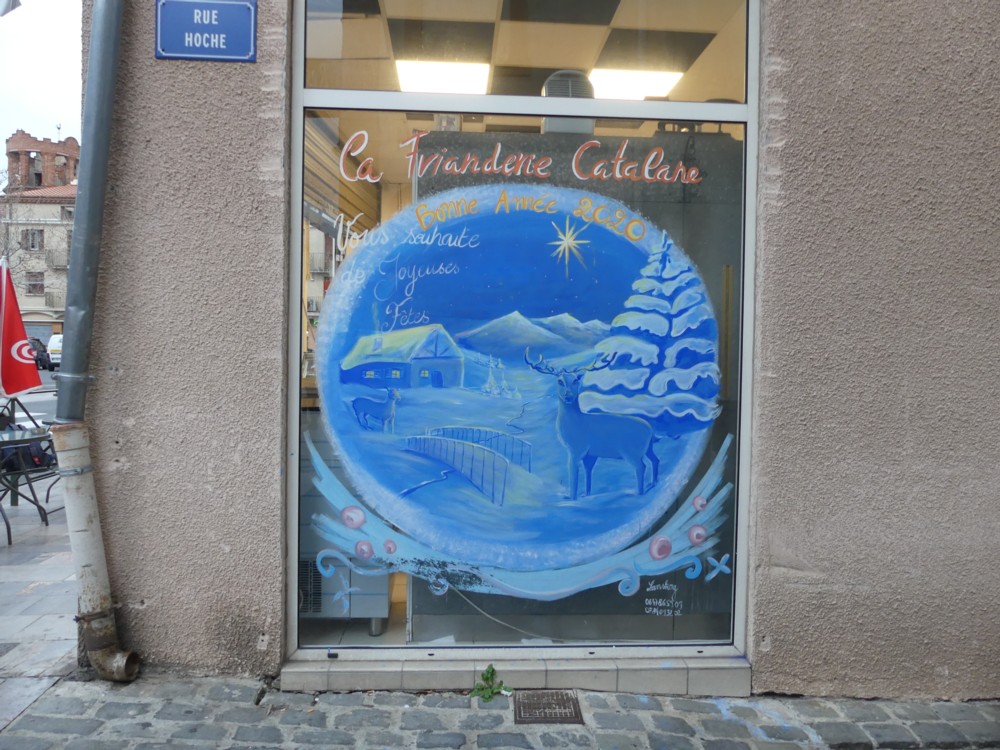
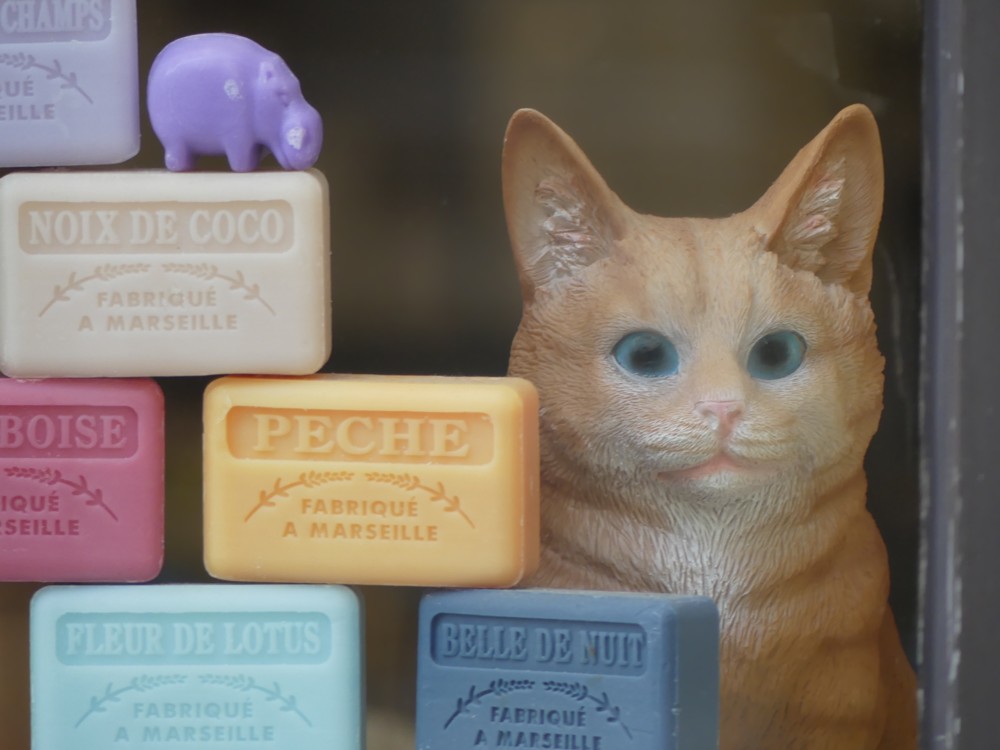
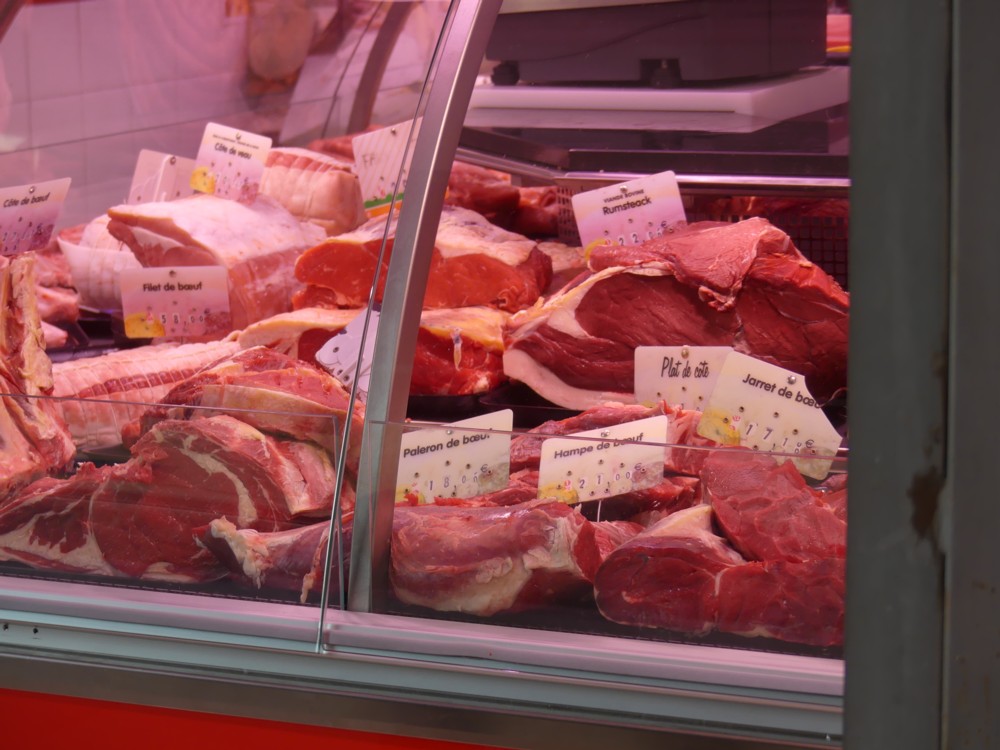
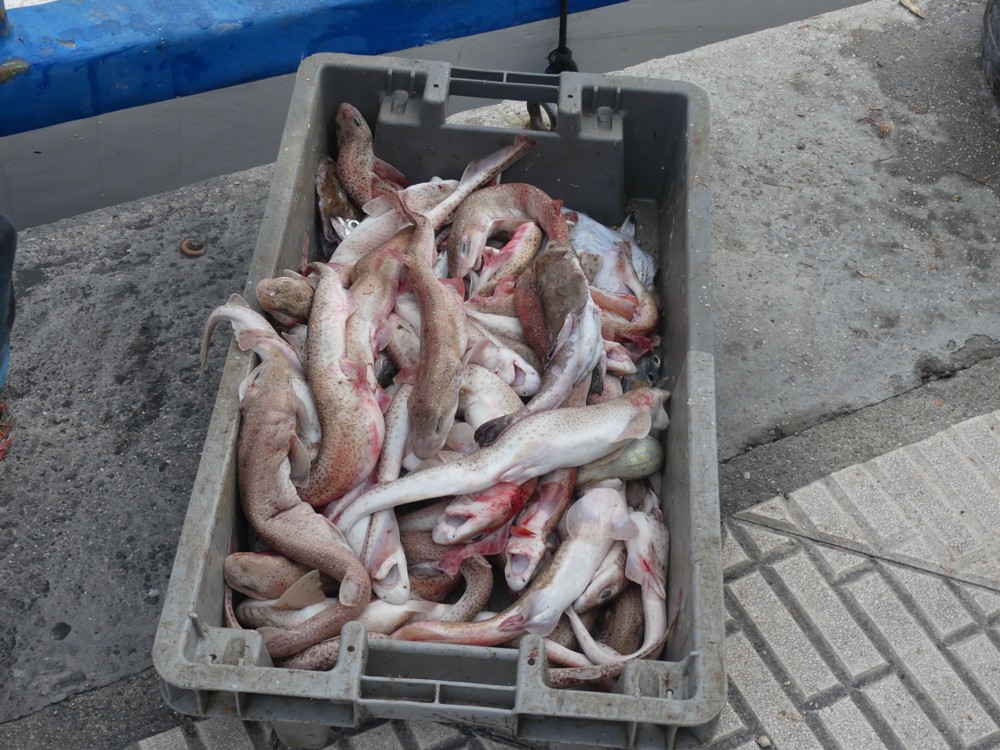
Lovely collection of photos.
Regarding Steve’s observation “It also hints at an explanation for a much older and more pervasive phenomenon: our habit of keeping pets.”
It seems likely to me that animals were first domesticated for their utility (food, labour, rat-catching, etc) and *later* made “cuter” (by humans artificially selecting for the cute traits identified earlier in his quote).
But perhaps that’s what Steve meant anyway (by saying “keeping pets” as opposed to “domesticating animals”).
Darren
Thanks for the kind comments. I’m sure you have this the right way around. Utility followed by cute.
Although, cute is also useful. One of the best ways to teach kids to be kind to others, is to persuade them to be kind to pets. Which is a lot easier if they’re breeding for cute.
To put the same point in an opposite and gruesome way, I recall hearing that when the police are searching for a serial killer, they take a particularly close interest in suspects who have a history of being cruel to animals.